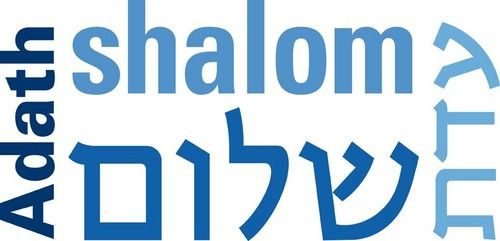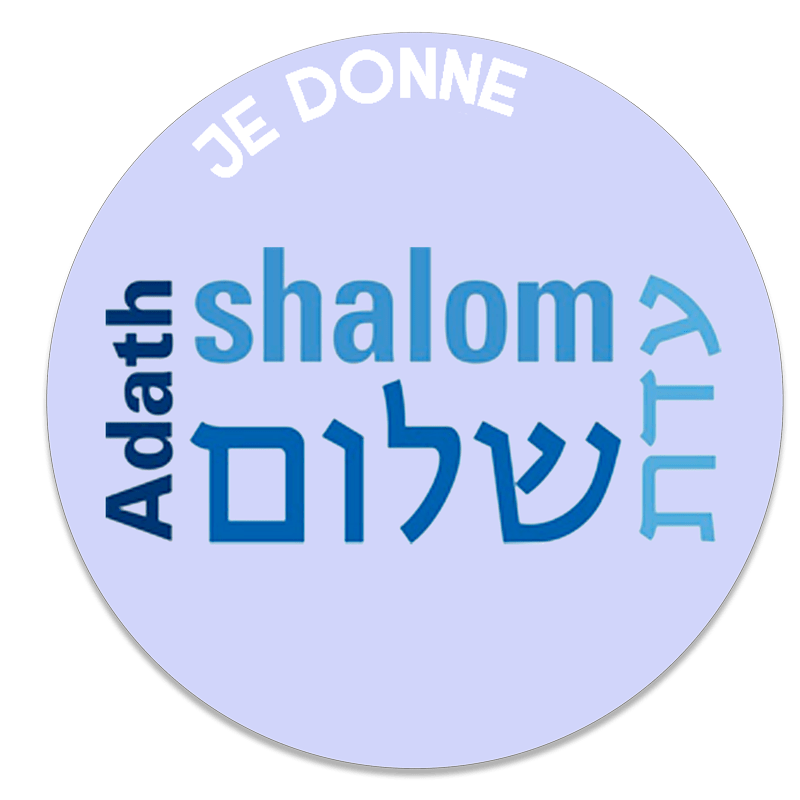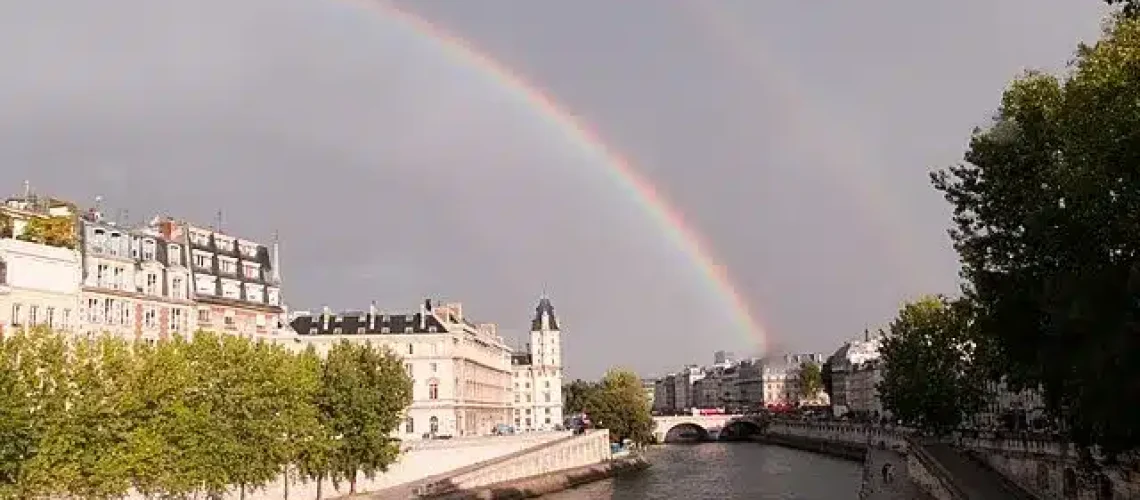I sometimes divide the Torah into two parts: parashat Bereshit, and the rest of the Torah. And Noah himself is the line connecting these two worlds of mythological forces and of human struggles. If the world before Noah was imperfect and needed to be ‘reset’ by the flood, Noah himself brings some of these imperfections into the new world after the flood. On Thursday, Solal gave a beautiful drasha, exploring Noah as someone who from his birth treated the consequences of the problems of humanity rather than their roots. He invented the plough to ease the hardship of the curse on humanity to work the land, but didn’t rectify the original craving for the fruit of the Tree of Knowledge that was the reason for the curse. There was one small detail in your drasha, Solal, that I’d like to pick up on today. You spoke about the rainbow as a sign of hope after the flood, but one that shouldn’t be dwelt upon extensively. Let’s look again at that episode.
The rainbow in the Jewish tradition is presented as the sign of a convenant, with mutual obligations: Noah’s descendants commit to keeping seven basic commandments for the functioning of society, and God commits to never again destroy the world in such a violent manner. (In fact, it’s not so reassuring, as I discovered in explaining the story to my son: there’s no assurance that any specific region won’t be flooded and destroyed, just not the entire world at once. As we looked together at photos of floods in Spain this week, and in France, Italy and Africa over the last year, we realised how fragile the world still is.)
Nonetheless, there’s a covenant and a sense of care and purpose, and that in itself is worth something. The way that this is marked in Jewish practice is by the blessing recited upon seeing a rainbow.
הרואה הקשת אומר ברוך אתה ה’ אמ”ה זוכר הברית נאמן בבריתו וקיים במאמרו ואסור להסתכל בו ביותר
One who sees a rainbow says, “Blessed are you, God our Lord, sovereign of the world, who remembers the covenant, who is faithful to his covenant, and who fulfills his promise.”
(Shulchan Aruch OH 229:1, cf. Talmud Berakhot 59a)
For me, this is one of the most beautiful blessings, and a good example of what ritualised blessings are meant to be. We’re confronted with a beautiful sight and for anybody with an aesthetic sense, that provokes an emotion. The blessing gives words to such emotions, deepening the appreciation of the phenomenon and placing it within a framework of meaning. It’s the same when we eat bread, and pause for a moment before sticking into our mouths to say hamotzi lechem min ha’aretz, in a certain sense it was a divine miracle that this bread was able to come forth from the ground. It takes just three seconds to say the blessing, but the cumulative effect of a lifestyle of repeating these blessings is that the sense of appreciation of our surroundings is deepened. More than attending synagogue or studying Torah, I often advise anyone who wants to lead a more meaningful religious life to incorporate blessings into their daily routine.
To return to the rainbows, when I occasionally see one in the sky cycling through Paris, I stop on the side and recite the blessing. Around me, almost always, are hundreds of pedestrians and tourists trying to take a photo of the rainbow, especially if the Eiffel Tower is in the background. That also probably comes from the same need to give a framework to the sense of wonder, but for me its a weaker ritual than the one I’m privileged to have access to.
Yet there is a paradox in the Jewish sources regarding the significance of a rainbow, and very often the Talmud claims that a rainbow isn’t such a positive experience. A sign of a righteous generation is one in which a rainbow was never seen in the sky (Ketubot 77b), probably because they didn’t need the divine reassurance that the rainbow is meant to convey. Another talmudic passage seems to forbid looking at a rainbow:
דָּרֵשׁ רַבִּי יְהוּדָה בְּרַבִּי נַחְמָנִי מְתוּרְגְּמָנֵיהּ דְּרֵישׁ לָקִישׁ: כׇּל הַמִּסְתַּכֵּל בִּשְׁלֹשָׁה דְּבָרִים עֵינָיו כֵּהוֹת: בַּקֶּשֶׁת, וּבַנָּשִׂיא, וּבַכֹּהֲנִים
Rabbi Yehuda, son of Rabbi Naḥmani said: Whoever looks at the following three things, his eyes will grow dim: One who looks at a rainbow, at the president, and at the priests.
In the Jewish tradition, we mark sacred objects by not touching them, sacred places by restricting access to them, and sacred names by not pronouncing them. If the rainbow was a manifestation of a covenant with God, and every rainbow is a symbol of that manifestation of divine presence, there’s something very intimate about that encounter. Avoiding looking at that intimacy is also a way of giving it respect. It’s similar to the practice we have during the priestly blessing in the synagogue. At the moment when the cohanim are chanting the words of the blessing, the practice is to cover ourselves in a tallit so as not to look at this moment of manifestation of the Shechina, the divine presence. It’s not an absurd belief in the supernatural: the act of covering up or looking away helps to create the sense of an encounter with the divine.
But now we have a paradox: we have a blessing for seeing the rainbow, and we have a law forbidding us to look at rainbows. What do we do? The compromise found in the halachic literature is that we should glance at the rainbow and say the bracha, but not stare at it. Again, in terms of the rainbow as a moment of intimacy, we know that staring at an intimate situation is considered uncomfortable and even violent. There is a story in the Talmud that parallels this to a certain extent:
מיתיבי מעשה ברשב”ג שהיה על גבי מעלה בהר הבית וראה עובדת כוכבים אחת נאה ביותר אמר (תהלים קד, כד) מה רבו מעשיך ה’… ולאסתכולי מי שרי?… קרן זוית הואי
There was an incident involving Rabban Shimon ben Gamliel, who was on a step on the Temple mount, and he saw a certain gentile woman who was exceptionally beautiful and said: “How great are Your works, O Lord!”… But is it permitted to gaze so upon a woman? No, Rabban Gamliel did not intentionally look at the woman; rather, he was walking around a corner and he saw her unexpectedly as they each turned.
The distinction here is very subtle. An old rabbi staring at a beautiful woman is creepy and inappropriate. But the ideal isn’t for the rabbi to hide from women (as some do today), or even worse, to hide the women from the male rabbis. Rather, there are encounters with beauty which are natural and evoke a sense of joy, and these emotions can be expressed as a healthy part of religious life. He sees her from around the corner, is elated and praises God, and continues his life, continuing to utter blessing for delicious food, for rainbows, for good news and even for bad news. That sense of ‘radical amazement’, to quote Rabbi Abraham Joshua Heschel, is the root of the way we are meant to live in this world. We turn the corner, hour after hour, and either we notice the world as it is and are struck by the miracle it represents, or we are spiritually numb and forget how to care, staring at a few objects that we’d like to possess.
I often try to convince people that, despite some examples to the contrary, religious people are not stupid. Every schoolchild knows that rainbows are a natural phenomenon created by the refraction of sunlight through the drops of rain. They’re not a supernatural message sent by a big man in the sky. They don’t even exist, in that they can’t be touched or reached or contained: they exist only in our perspective of the world and the light that reaches our eyes. But it’s exactly this perspective that the religious person uses to remind themselves of the divine message: there is a covenant of care, intimacy, responsibility. Glancing at the rainbow and reciting a blessing elevates the experience that the world is offering us.
We are celebrating a Bar Mitzvah today, a transition between the status of a child and that of an adult and we usually speak about the challenges and responsibilities of this transition. Being an adult in this world is not easy, and being a Jewish adult today in France even less so. It’s worth it, and that’s why we’re celebrating, and also: you don’t have a choice, life moves in this direction. But what we often don’t mention is the risks of leaving behind childhood. The problem with most adults is that they are too adult, too heavy and serious. They stare at the world and see objects and problems to solve, forgetting how wonderful and amazing it is. My wish for you today, Solal, is not to lose your childhood in becoming an adult, but to live with the best qualities of both perspectives. That’s my wish also for myself, and for the entire community.
Shabbat shalom!


